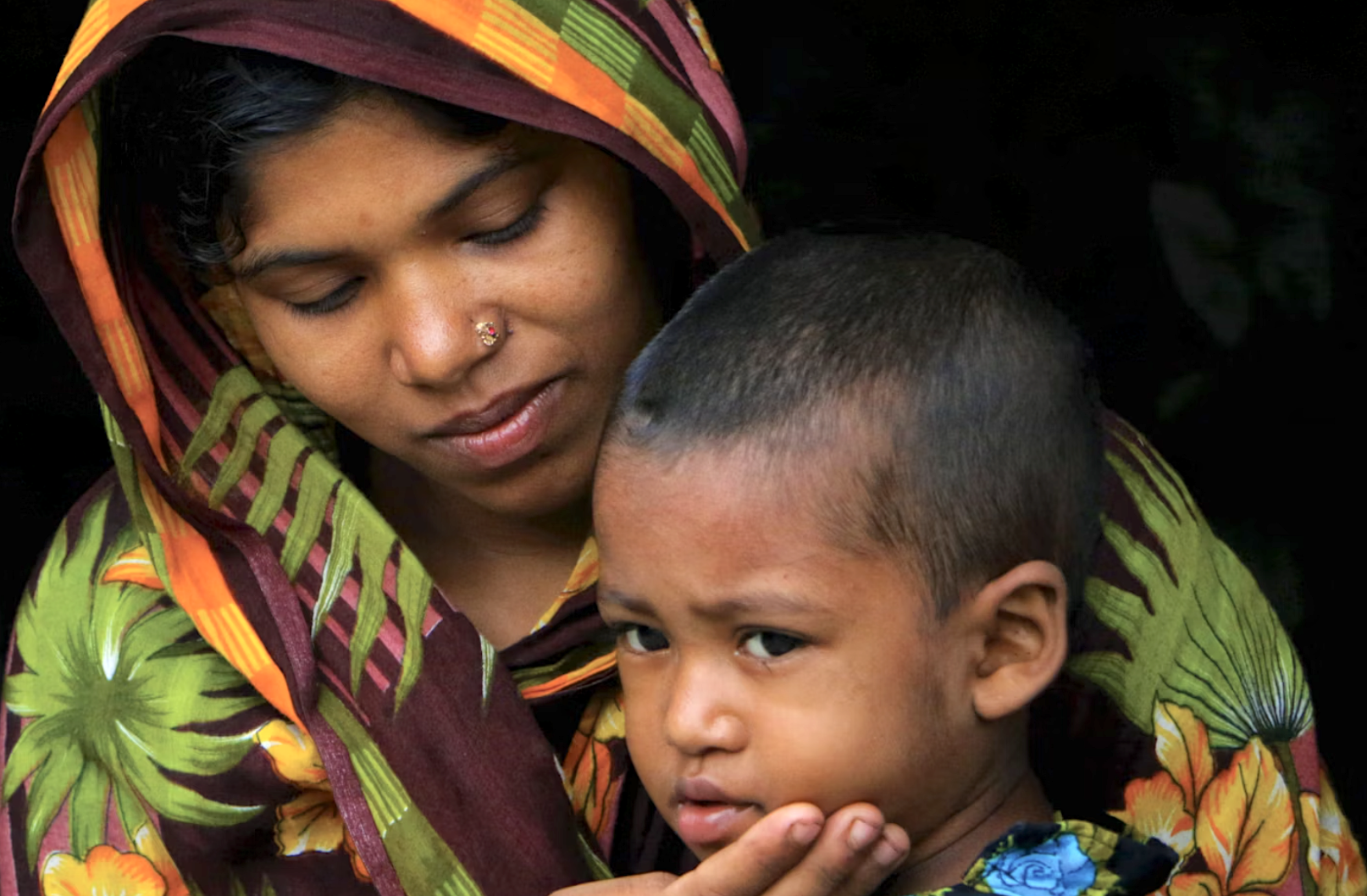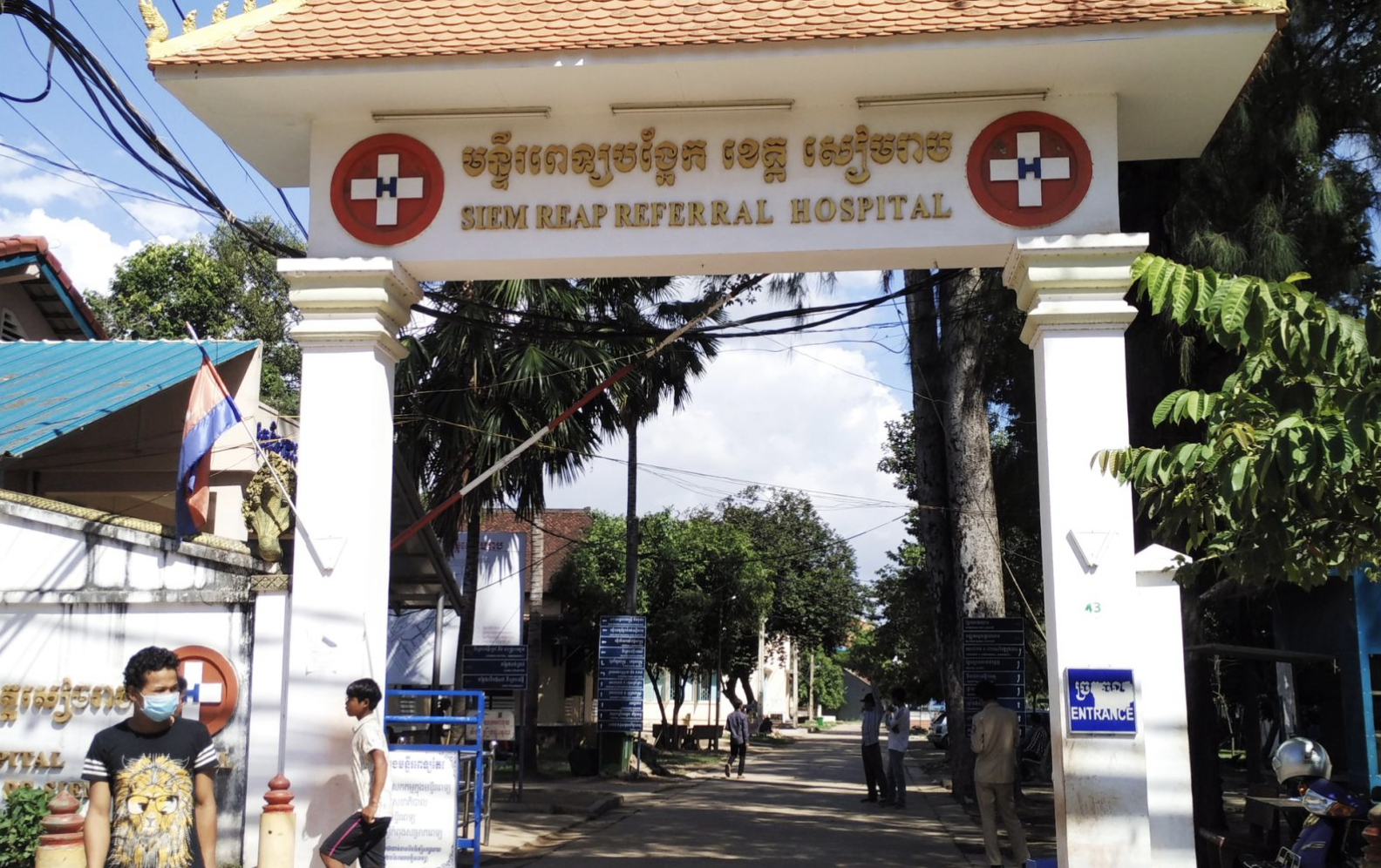Since the early 2000s, Cambodia has undergone significant economic transition and reached lower-middle-income status in 2015[1][2]. Alongside sustained economic growth, Cambodia has seen steady improvement in health outcomes in recent decades, reaching most of the health-related Millennium Development Goals[1][2].
Yet, access to quality health care remains problematic, especially for people living in poverty and vulnerable groups. COVID-19 worsened the situation[1]. The establishment of a Cambodian national accreditation system aims to improve the quality and safety of health care services.
Health financing
Impressive progress has been made in providing financial protection for health services, including Health Equity Fund (HEF) for the Poor, voucher systems, and social health insurance schemes for the formal sectors (NSSF)[1]. Despite this progress, government spending remains low and out-of-pocket expenditures still make up 54.9% of total health expenditures, which is a serious impediment to the country’s progress towards universal health coverage (UHC)[1][2].
Approximately 3.7% of households were pushed into poverty due to high health spending in 2017[1]. More specifically, women-headed households were at higher risk than male-headed households[4]. To this end, efforts to expand social health protection systems are underway[2]. The government is exploring the option of extending social health protection to dependents of NSSF beneficiaries and to extend the HEF to vulnerable groups and the near poor population[2]. The expansion of these existing schemes (NSSF and HEF) provides an adequate pathway to cover the “missing middle”[2].
[1] The World Bank. Health Equity and Quality Improvement Project – Phase 2 (P173368). 2022.
[2] Organization IL. Extending social health protection: Accelerating progress towards Universal Health Coverage in Asia and the Pacific. 2021.
[3] World Health Organization. Noncommunicable diseases.
[4] National Institution of Statistics, Ministry of Planning, Kingdom of Cambodia. Cambodia Socio-Economic Survey 2017. 2018.





